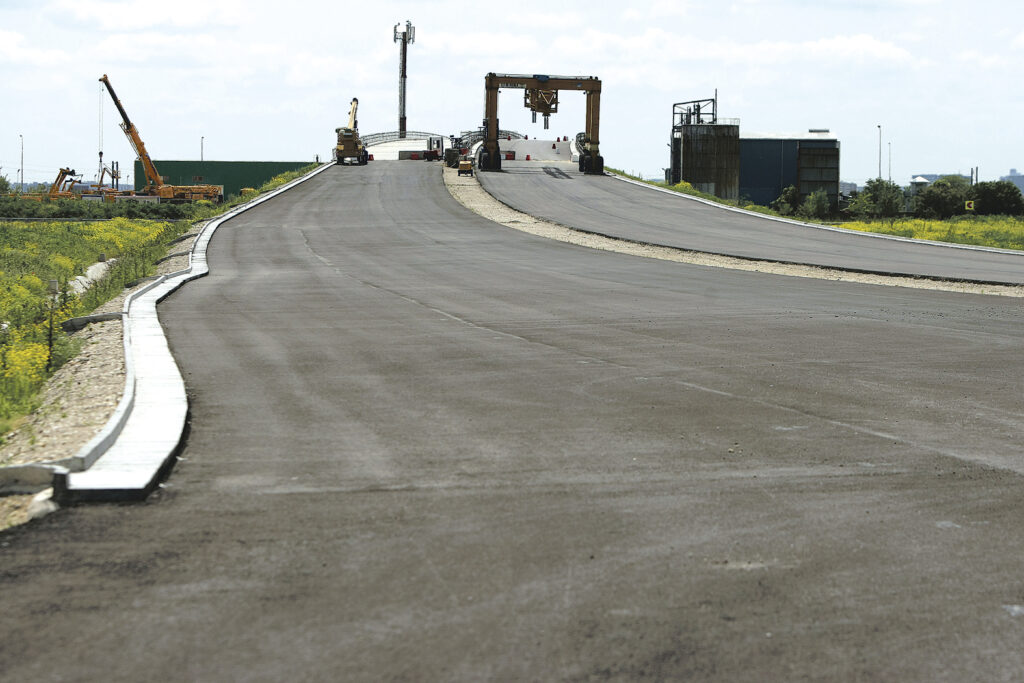Romanians are already used with extended deadlines and long series of delays when it comes to the freeway construction works. The same practice seems to have been adopted for the much simpler task of drawing feasibility studies. The authorities launched in the spring of 2014 the public procurement procedures for writing or revising 17 feasibility studies for 1,725 kilometres of motorway. The first ten announcements were published on 1 May and the submissions deadline was 17 June. The announcements were written so well that in the first 12 days the National Roads and Motorways National Company (CNADNR) received over 50 complaints.
The datasheets published by the company were subject of criticism, and some with good reason. For example, Laurentiu Plosceanu, the president of the Romanian Construction Entrepreneurs Association (ARACO), was pointing out at the end of May that some of the requirements, such as the unbelievably short deadlines (four months for conceiving and writing the studies), banning the usage of subcontractors or issues regarding the copyright over the delivered product, were abusive or even illegal.
Horia Nicolae, the manager of the Project Preparation Department within CNADNR, replied to the allegations by saying he was surprised by the attitude of the potential bidders, as his institution used academic experts for those projects. “We hope the competent institutions will correctly analyse the complaints and will notice the situation is a little bit different than pictured”, Nicolae said. The quality of the procurement documents was easily perceivable when the National Council for Solving Complaints (CNSC) asked CNADNR to modify some of its announcements. It’s also true that most of the complaints in this case were rejected by the same institution.
Santa Clause will bring the Master Plan
Few days after the first announcements were published, Dan Sova, back then Transportation Minister, was stating that “before that the feasibility studies were made in the office. Nowadays such practices are no longer possible, as the European Commission asks the study to be accompanied by geological, hydrological and archaeological inspection studies.” Despite these, the minister specifically asked the deadlines for the feasibility studies to be as short as possible. This mostly because his institution had committed itself to issue by the end of June the General Transport Master Plan. The document is extremely important for the way Romania will absorb the European funds for the 2014-2020 period.
Just few days before the undertaken deadline, Dan Sova resigned, saying he left behind “a well-organised minister, which knows what should be done”. Except that soon after that the new Minister Ioan Rus announced the Master Plan’s deadline was once again postponed, for 31 August. In fact, the final version of the document will be only published on 22 December, according to the calendar posted on the website of the Management Authority for the Operational Programme Transport.
The complaints, a national sport
As for the above mentioned feasibility studies announcements, it’s important to know that, in mid-August, CNADNR changed once again the submissions deadline. A new postponement can’t be totally ruled out, but the suspense will not last too long, as the deadline for 12 of the 17 announcements will expire next week. It’s worth remembering that all CNADNR’s announcements regarding feasibility studies were challenged by the companies. Which made Prime Minister Victor Ponta angry: “We have the money for the investments but we are not able to spend it as there are numerous procedures and complaints. We tried back and forth to speed up things, but it’s no longer up to me or to the Transportation Minister of to the CNADNR Manager. It’s up to the number of complaints and to when these complaints are solved. Unfortunately there are no infrastructure projects in Romania without any legal complaint”, he said last week.
But the large number of complaints and appeals might be explained by the way the announcements and datasheets are written. Regional media published fragments of a complaint filed in by a specialised company that wanted to take part in a feasibility study bid. “The contracting authority required studies regarding species which are not in the biological nomenclatures, using terms like «amphibious» or «SPA birds». This ambiguity could lead to arbitrary decisions or to interpretations, could generate important supplementary costs and, in the end, could lead to the rejection of the environment studies”, according to the complaint filed in by Via Design. The document also points out the CNADNR’s datasheets contain numerous unclear and ambiguous issues as well as requirements not complying with the law.
As for the opening of new freeway sectors, despite the target established by the Ponta cabinet is 200 kilometres per year, the current stage of the projects indicates that at most a quarter of it can be fulfilled by the end of 2014 – the first segment of the Nadlac-Arad freeway (22.2 km) and the third sector of the Sibiu-Orastie freeway (22.1 km).



